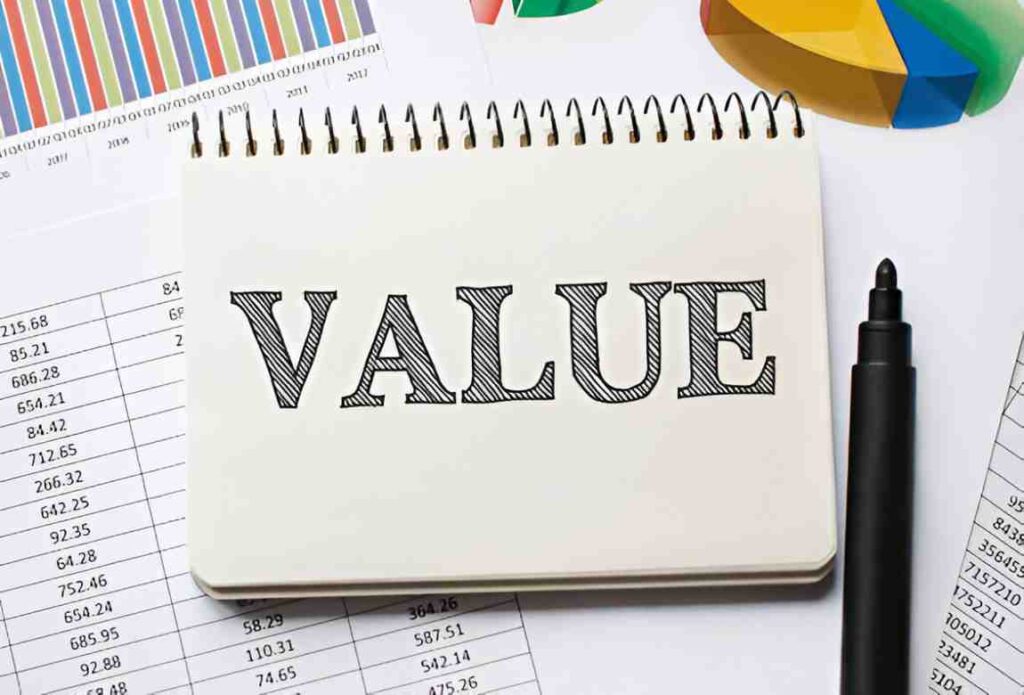As someone deeply immersed in the world of finance and accounting, I often find myself explaining concepts that seem simple on the surface but have layers of complexity beneath. One such concept is salvage value. Whether you’re a business owner, an accounting student, or just someone curious about financial principles, understanding salvage value is crucial. It plays a pivotal role in asset management, tax calculations, and financial reporting. In this guide, I’ll break down salvage value in a way that’s easy to grasp, yet thorough enough to give you a solid foundation.
Table of Contents
What Is Salvage Value?
Salvage value, also known as residual value or scrap value, is the estimated amount a company expects to recover from an asset at the end of its useful life. Think of it as the “leftover value” of an asset after it has served its purpose. For example, if you buy a delivery truck for your business, its value will depreciate over time due to wear and tear. However, even after it’s no longer useful for deliveries, you might still sell it for parts or scrap metal. That amount is the salvage value.
Salvage value is not just a theoretical concept—it has real-world implications. It affects how businesses calculate depreciation, manage taxes, and make decisions about asset replacement. Let’s dive deeper into why salvage value matters and how it’s calculated.
Why Salvage Value Matters
1. Depreciation Calculations
Depreciation is the process of allocating the cost of a tangible asset over its useful life. Salvage value is a key component in this calculation. By estimating how much an asset will be worth at the end of its life, businesses can determine how much of its value to depreciate each year.
For example, if you purchase a machine for $50,000 and expect it to have a salvage value of $5,000 after 10 years, the total amount to be depreciated is $45,000. This amount is then spread over the asset’s useful life.
2. Tax Implications
In the U.S., the Internal Revenue Service (IRS) allows businesses to deduct depreciation expenses from their taxable income. The salvage value directly impacts the depreciation expense, which in turn affects taxable income. A higher salvage value means lower depreciation expenses and higher taxable income, and vice versa.
3. Asset Replacement Decisions
Understanding salvage value helps businesses decide when to replace an asset. If the salvage value is high, it might make sense to sell the asset and invest in a new one. On the other hand, if the salvage value is low, the business might choose to keep the asset longer.
How to Calculate Salvage Value
Calculating salvage value isn’t an exact science. It involves a mix of estimation, industry knowledge, and sometimes a bit of guesswork. Here are the steps I typically follow:
Step 1: Determine the Asset’s Initial Cost
This is the purchase price of the asset, including any additional costs like shipping, installation, or taxes.
Step 2: Estimate the Useful Life
The useful life is the period over which the asset is expected to be productive. This can vary depending on the type of asset and how it’s used. For example, a computer might have a useful life of 5 years, while a building could last 30 years or more.
Step 3: Estimate the Salvage Value
This is where things get a bit subjective. You’ll need to consider factors like market conditions, technological advancements, and the asset’s condition at the end of its useful life.
Once you have these three pieces of information, you can calculate depreciation using one of several methods. Let’s explore the most common ones.
Depreciation Methods Involving Salvage Value
1. Straight-Line Depreciation
This is the simplest and most commonly used method. The formula is:
\text{Annual Depreciation Expense} = \frac{\text{Initial Cost} - \text{Salvage Value}}{\text{Useful Life}}For example, if you buy a machine for $50,000, expect it to have a salvage value of $5,000, and estimate its useful life to be 10 years, the annual depreciation expense would be:
\frac{50,000 - 5,000}{10} = 4,500So, you’d depreciate $4,500 each year.
2. Declining Balance Method
This method accelerates depreciation, meaning more depreciation is recognized in the early years of the asset’s life. The formula is:
\text{Depreciation Expense} = \text{Book Value at Beginning of Year} \times \text{Depreciation Rate}The depreciation rate is often double the straight-line rate, hence the term “double-declining balance.”
For example, if the straight-line rate is 10% (\frac{1}{10}), the double-declining rate would be 20%.
3. Units of Production Method
This method ties depreciation to the actual usage of the asset. The formula is:
\text{Depreciation Expense} = \frac{\text{Initial Cost} - \text{Salvage Value}}{\text{Total Units of Production}} \times \text{Units Produced in the Period}This method is particularly useful for assets like machinery, where usage varies from year to year.
Real-World Example: Calculating Salvage Value
Let’s say I run a small manufacturing business and purchase a piece of equipment for $100,000. I estimate its useful life to be 8 years and its salvage value to be $10,000. Using the straight-line method, the annual depreciation expense would be:
\frac{100,000 - 10,000}{8} = 11,250So, I’d depreciate $11,250 each year. At the end of 8 years, the book value of the equipment would be $10,000, matching my salvage value estimate.
Factors Affecting Salvage Value
Several factors can influence the salvage value of an asset:
1. Market Demand
If there’s high demand for used assets or their components, the salvage value will be higher. For example, certain types of industrial machinery might retain value better than others.
2. Technological Obsolescence
Rapid advancements in technology can render assets obsolete, reducing their salvage value. For instance, a 10-year-old computer might have little to no resale value.
3. Condition of the Asset
An asset that’s well-maintained will likely have a higher salvage value than one that’s been neglected.
4. Economic Conditions
Economic downturns can reduce demand for used assets, lowering their salvage value.
Salvage Value in Financial Statements
Salvage value plays a role in both the balance sheet and the income statement. On the balance sheet, it affects the book value of assets. On the income statement, it impacts depreciation expense, which in turn affects net income.
For example, if I underestimate the salvage value of an asset, the depreciation expense will be higher, reducing net income. Conversely, overestimating salvage value will result in lower depreciation expense and higher net income.
Tax Implications of Salvage Value
In the U.S., the IRS requires businesses to use the Modified Accelerated Cost Recovery System (MACRS) for tax purposes. MACRS does not explicitly use salvage value, but it’s still important for internal financial planning.
For example, if I use MACRS to depreciate an asset, I might still want to estimate its salvage value to determine when it’s cost-effective to replace it.
Common Mistakes to Avoid
1. Overestimating Salvage Value
This can lead to lower depreciation expenses and higher taxable income, which might not reflect the true financial position of the business.
2. Ignoring Salvage Value Altogether
Some businesses assume an asset will have no salvage value, which can result in higher depreciation expenses and lower net income.
3. Failing to Reassess Salvage Value
Market conditions and asset conditions can change over time. It’s important to periodically reassess salvage value estimates to ensure they remain accurate.
Salvage Value vs. Book Value
It’s easy to confuse salvage value with book value, but they’re not the same. Book value is the value of an asset as it appears on the balance sheet, calculated as:
\text{Book Value} = \text{Initial Cost} - \text{Accumulated Depreciation}Salvage value, on the other hand, is the estimated residual value at the end of the asset’s useful life.
Salvage Value in Different Industries
The importance of salvage value varies by industry. For example:
- Manufacturing: Heavy machinery often has significant salvage value due to the demand for parts.
- Technology: Rapid obsolescence means tech assets often have low salvage value.
- Real Estate: Buildings can have high salvage value, especially if the land they’re on is valuable.
Conclusion
Salvage value is a fundamental concept in finance and accounting that impacts depreciation, taxes, and asset management. While it might seem straightforward, it requires careful estimation and periodic reassessment. By understanding how to calculate and apply salvage value, you can make more informed financial decisions and better manage your assets.





